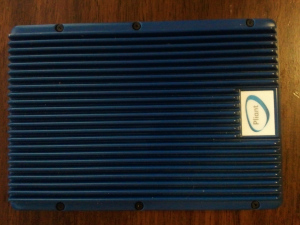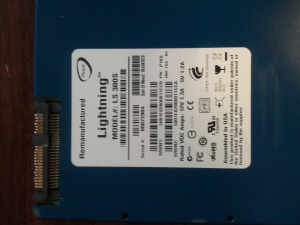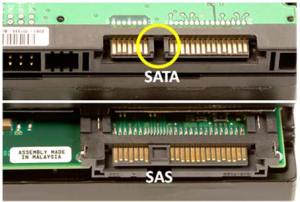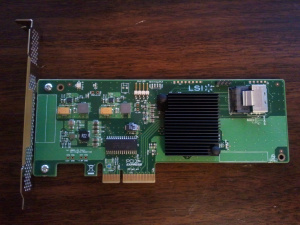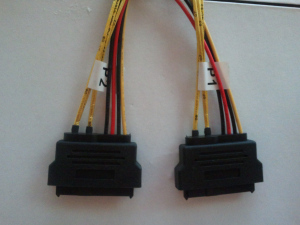Pliant Technology, New Kid On The Block
If you have been reading my storage series, and in particular my section on solid state storage, you know I have a pretty rigid standard for enterprise storage. Several months ago I contacted Pliant Technology about their Enterprise Flash Drives. It didn’t surprise me when they made the recent announcement about being acquired by SanDisk. Between Pliants’ enterprise ready technology and SandDisks’ track record at the consumer level I think they will be a new force to be reckoned with for sure. Pliant drives are already being sold by Dell and now will have a much larger channel partnerships with the new acquisition. They are one of the very few offering a 2.5″ or even more rare 3.5″ form factor using a dual port SAS interface. I have been hammering on this drive for months now. It has taken everything I can throw at it and asked for more.
Enterprise Flash Drives
Pliant send me a Lightning LS 3.5″ 300S in a nondescript box. What surprised me is how heavy the drive is. I was expecting a featherweight drive like all the rest of the 2.5″ SSD’s I’ve worked with. This drive is very well made indeed. Another thing was the fins on top of the drive, something I’m use to seeing on 15,000 RPM drives but not on something with no moving parts. It never got hot to the touch so I’m not sure if they are really needed. The bottom of the drive has all the details on a sticker.
If you look closely at the SAS connector you will see many more wires than visible pins. This is because it is a true dual port drive. If you could see the other side of the SAS connector you would see another set of little pins in the center divider for the second port.
Normally, this port is used as a redundant path to the drive so you can lose a host bus adapter and still function just fine. Technically, you could use Multi-Path IO to use both channels in a load balancing configuration. Something I’ve never done on a traditional hard drive since you get zero benefit from the extra bandwidth at all. Solid state drives are a different beast though. A single drive can easily use the 300 megabytes available to a SAS 1.0 port. If you look at the specification sheet for this drive you will see they list read speeds of 525 MB/Sec and write speeds of 320 MB/Sec both above the 300 MB/sec available to a single SAS port. MPIO load balancing makes the magic happen. Since this drive was finalized before the 600 MB/Sec SAS 2.0 standard was in wide production it only makes since to use both ports for reads and writes. Since it doesn’t seem to be hitting more than 525 MB/Sec for reads I don’t know how much the drive would benefit from an upgrade to SAS 2.0.
Meet The HBA Eater
The big problem isn’t the MB/Sec throughput it is the number of IO’s this beast is capable of. Again, according to the spec sheet a single drive can generate 160,000 IO/Sec. That isn’t a typo. Even latest and best consumer grade SSD’s aren’t getting anywhere near that number, most top out in the 35,000 range with a few getting as high as 60,000. Lucky for us LSI has released a new series of host bus adapters capable of coping. The SAS 9211-4i boasts four lanes of SAS 2.0 and a throughput of more than 290,000 IO/Sec. More than enough to test a single LS 300S.
That answers the IO question but we still have to deal with the dual port issue if we wish to get every ounce out of the LS 300s. I tried several different approaches to get the second port to show up in windows as a usable active port. The drive chassis I had said they supported the feature but all of them had issues. I actually bought an additional drive cage that also reported to support dual port drives in an active/active configuration. Alas, it had issues as well. I was beginning to think there may be something wrong with the drive Pliant sent me! I finally just bought a mini-sas cable that supported dual port drives.
As you can see this cable is different. The two yellow wires are each a single SAS channel the other wires are for power. That means on my four port card I can hook up two dual port drives. Finally, windows saw two drives and I was able to configure MPIO in an active/active configuration!
Until Next Time….
Now that we have all the hardware in place and configured we will take a look at the benchmarks and long term stress tests in the next article.


